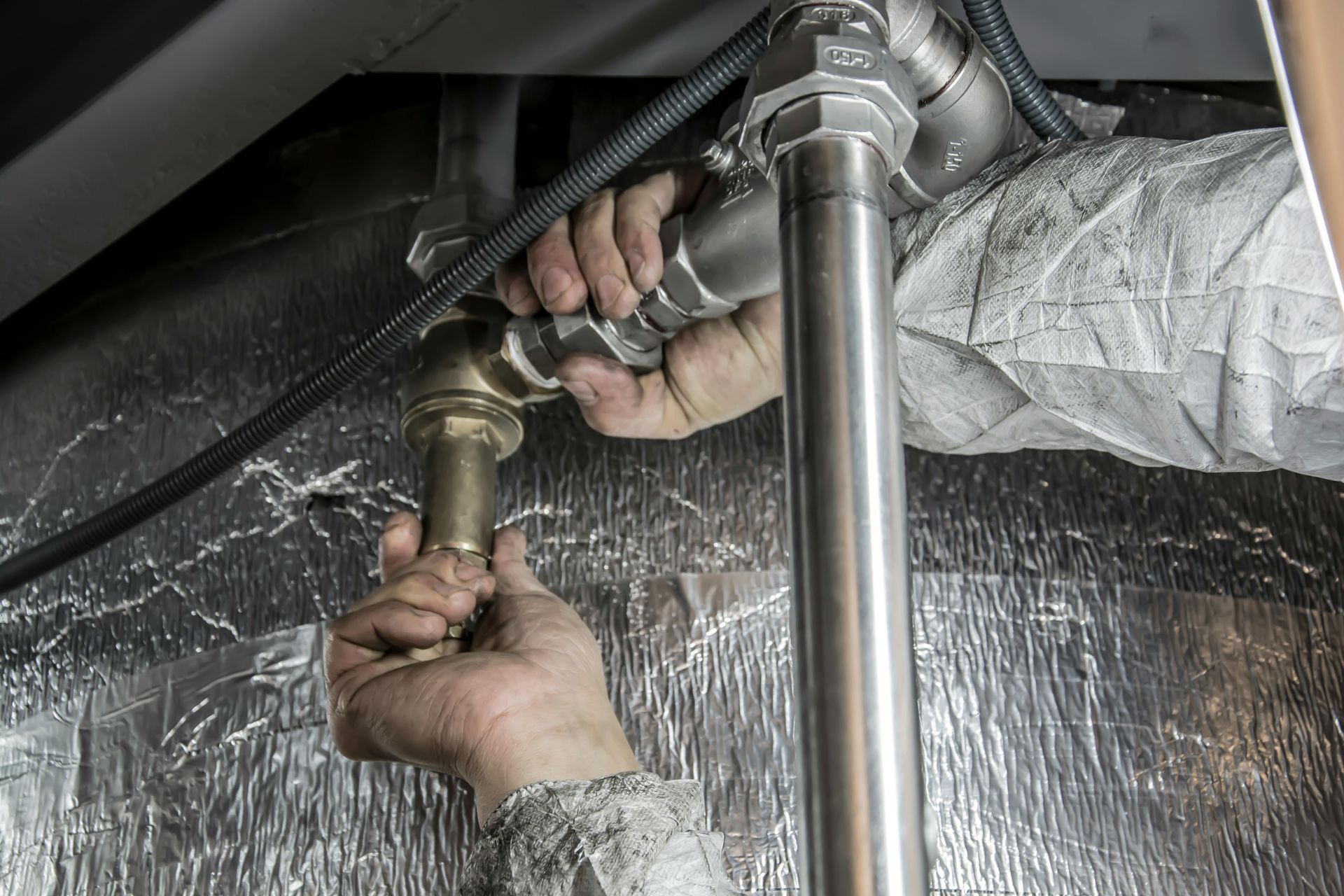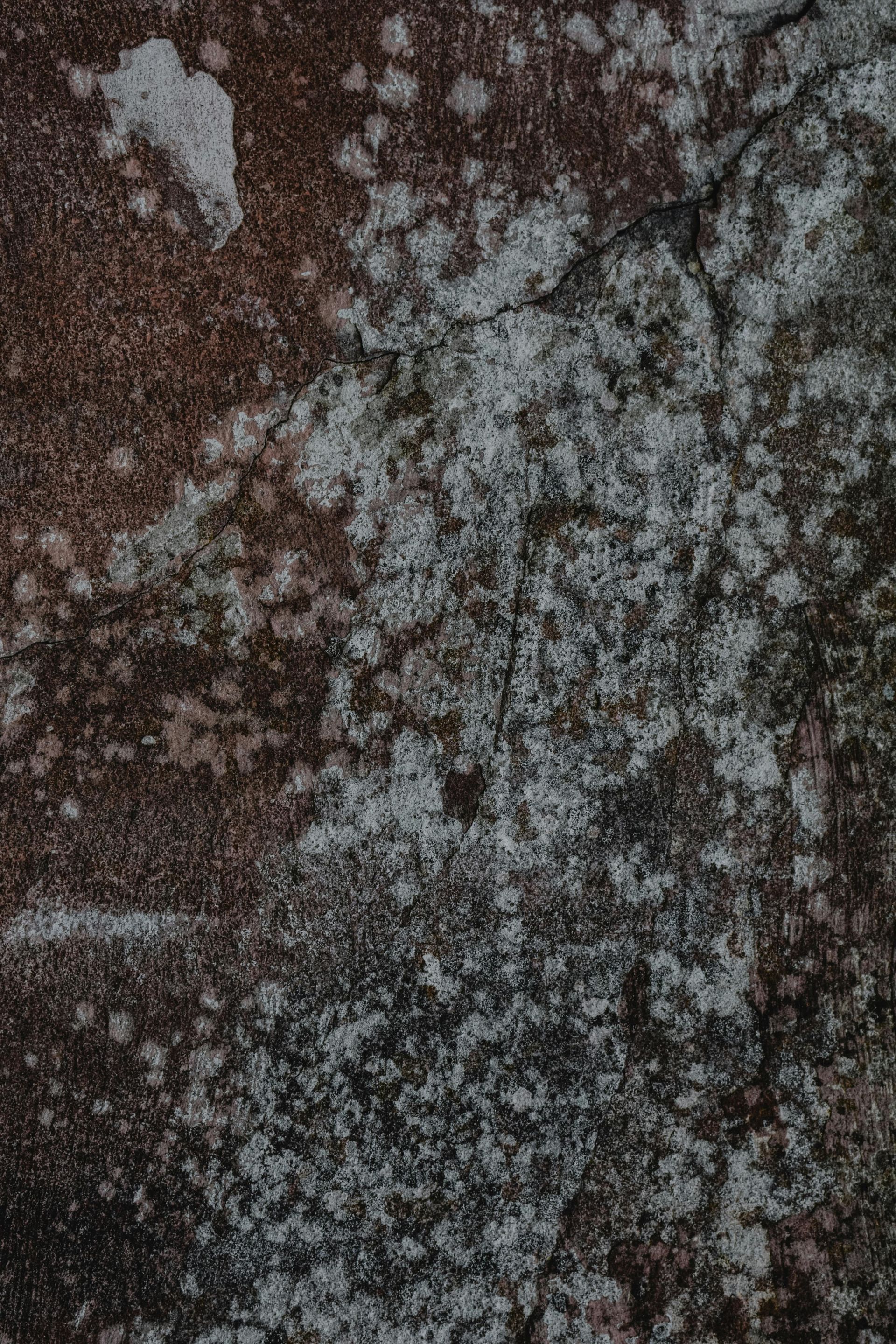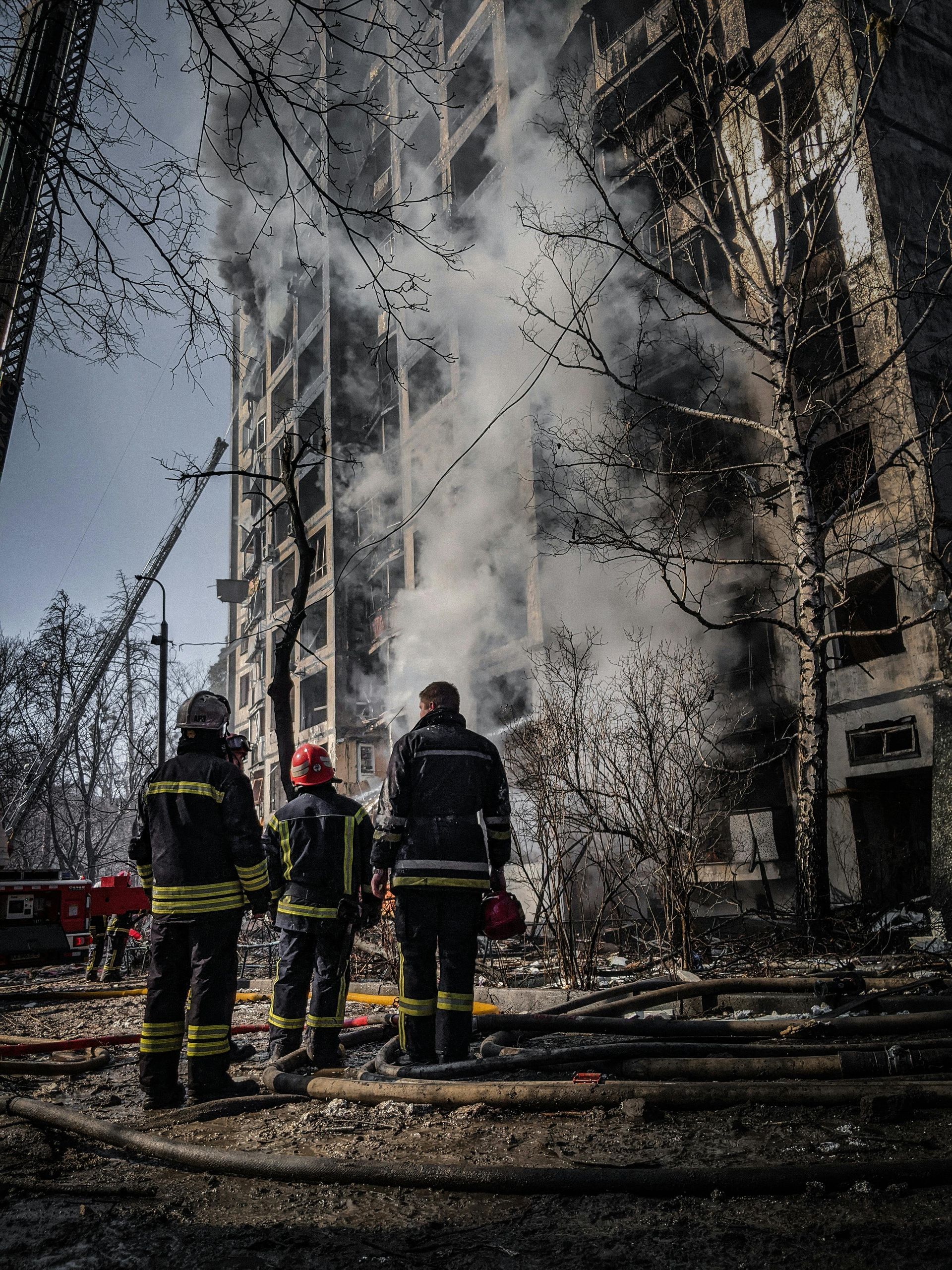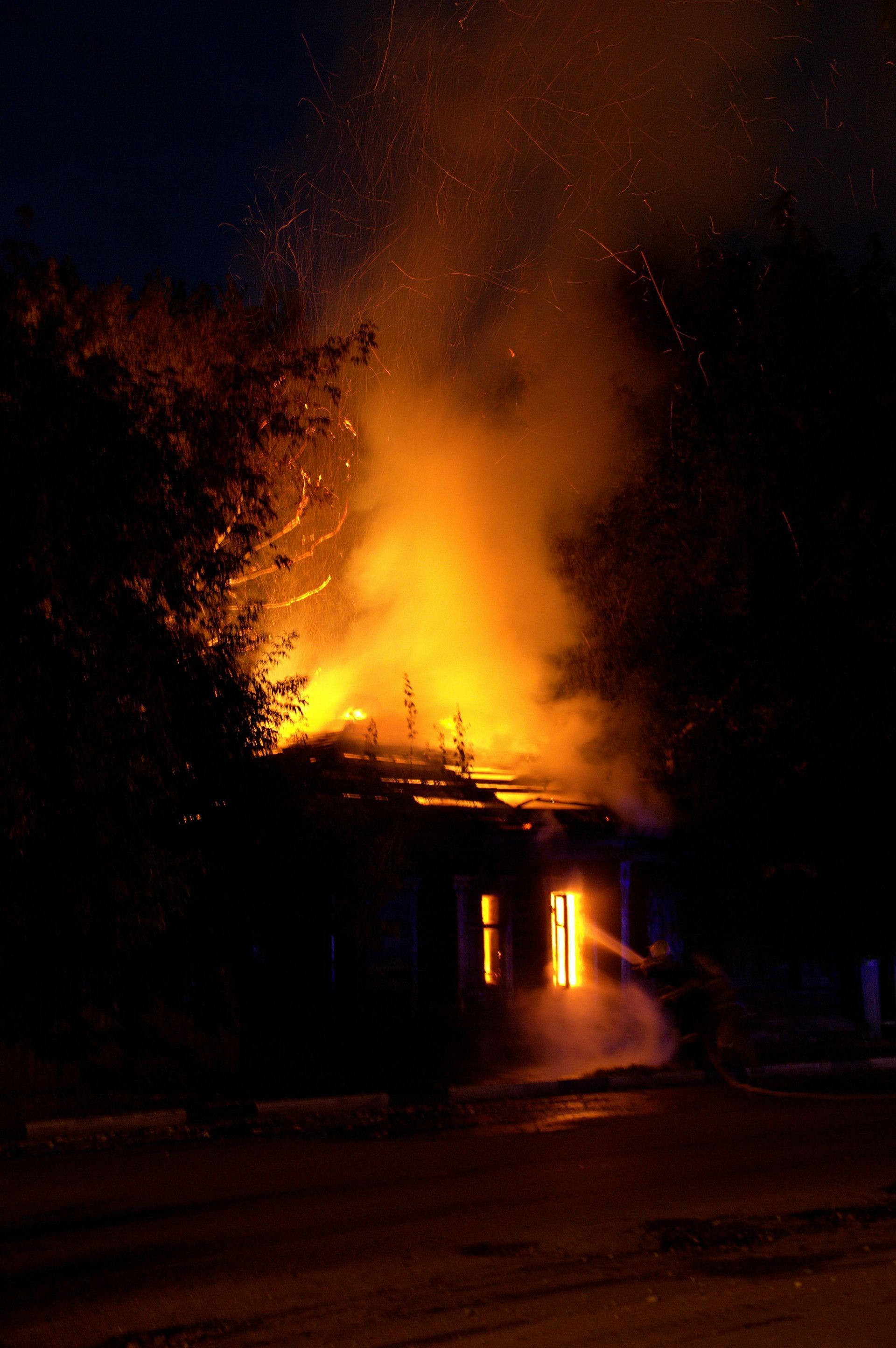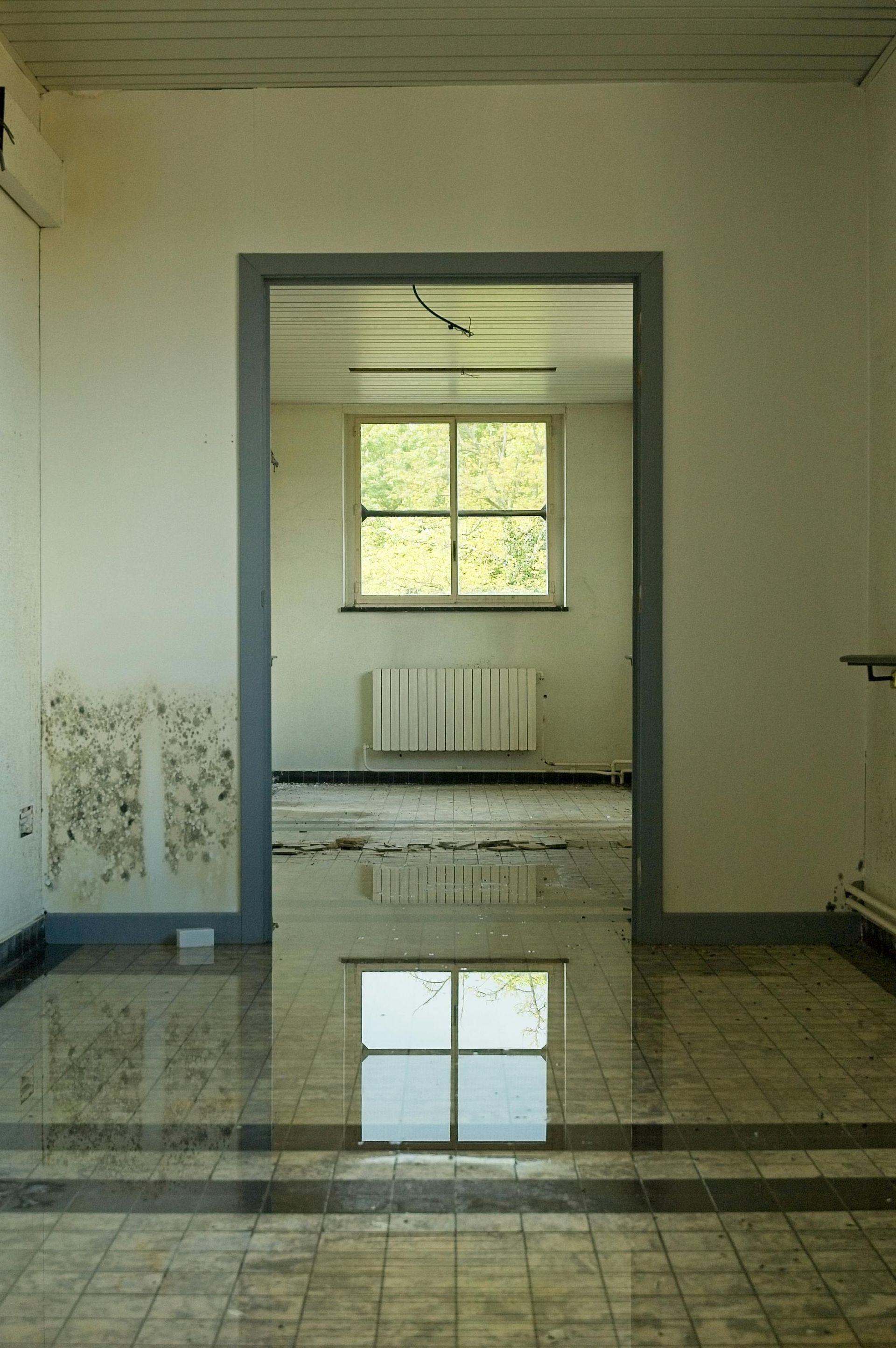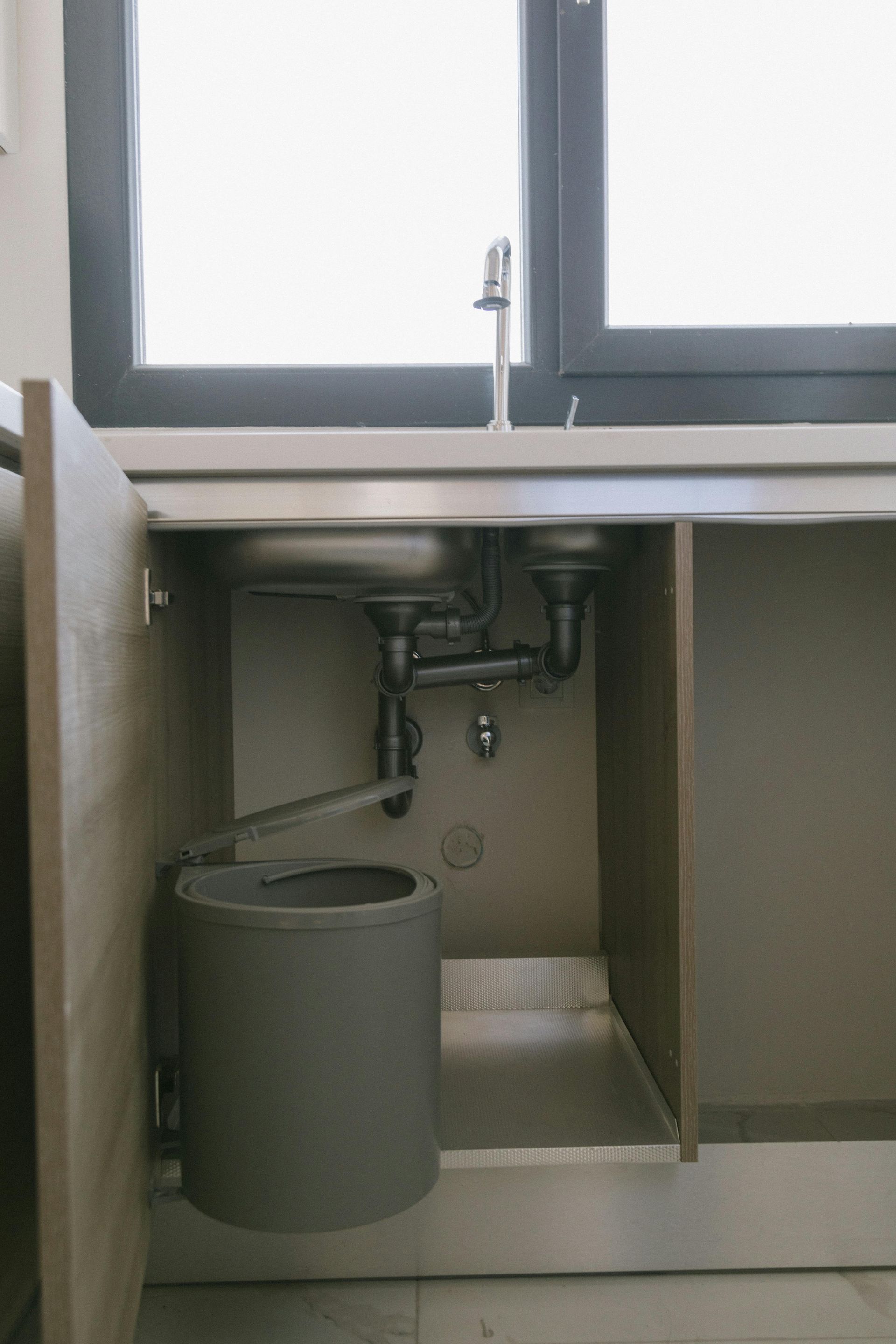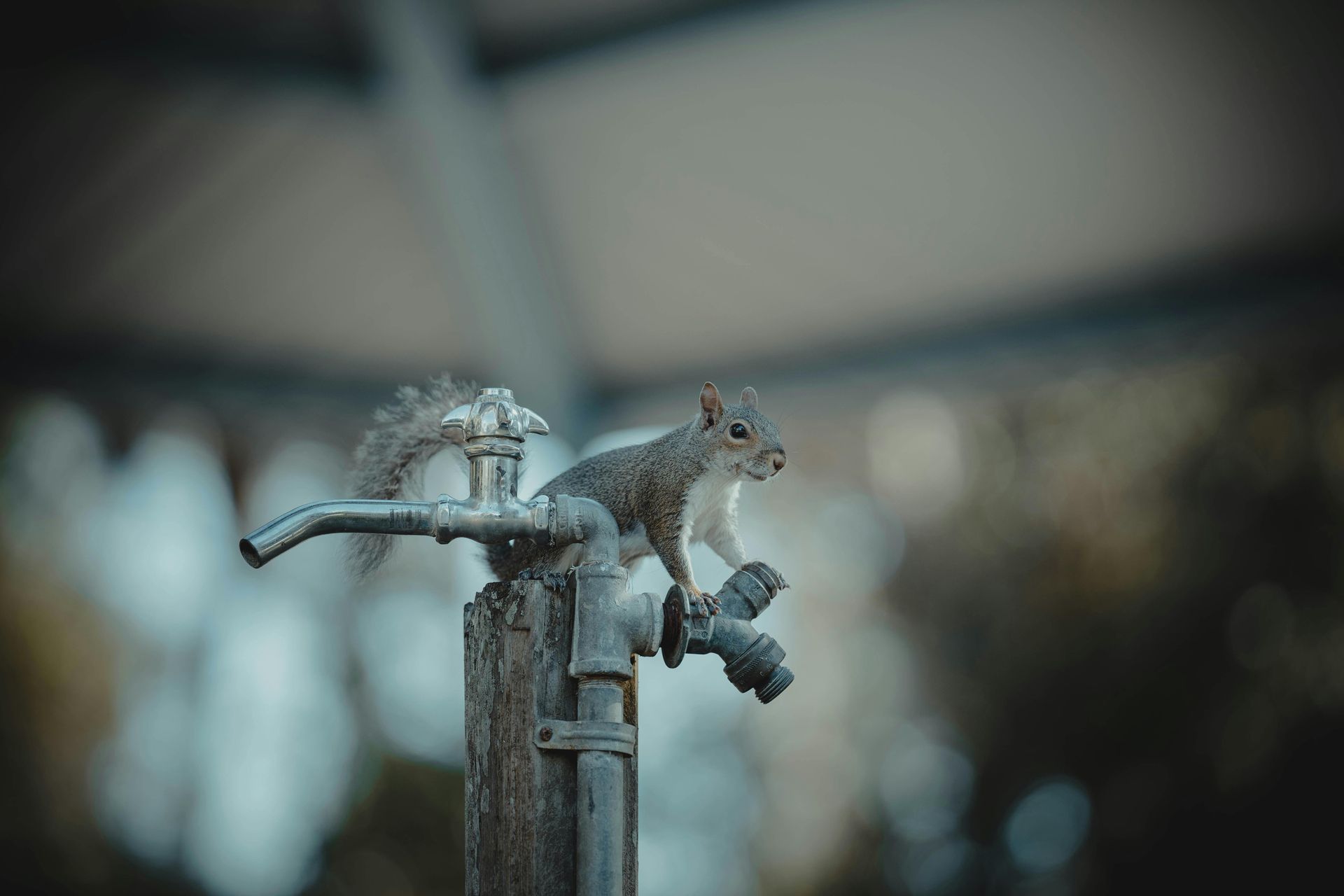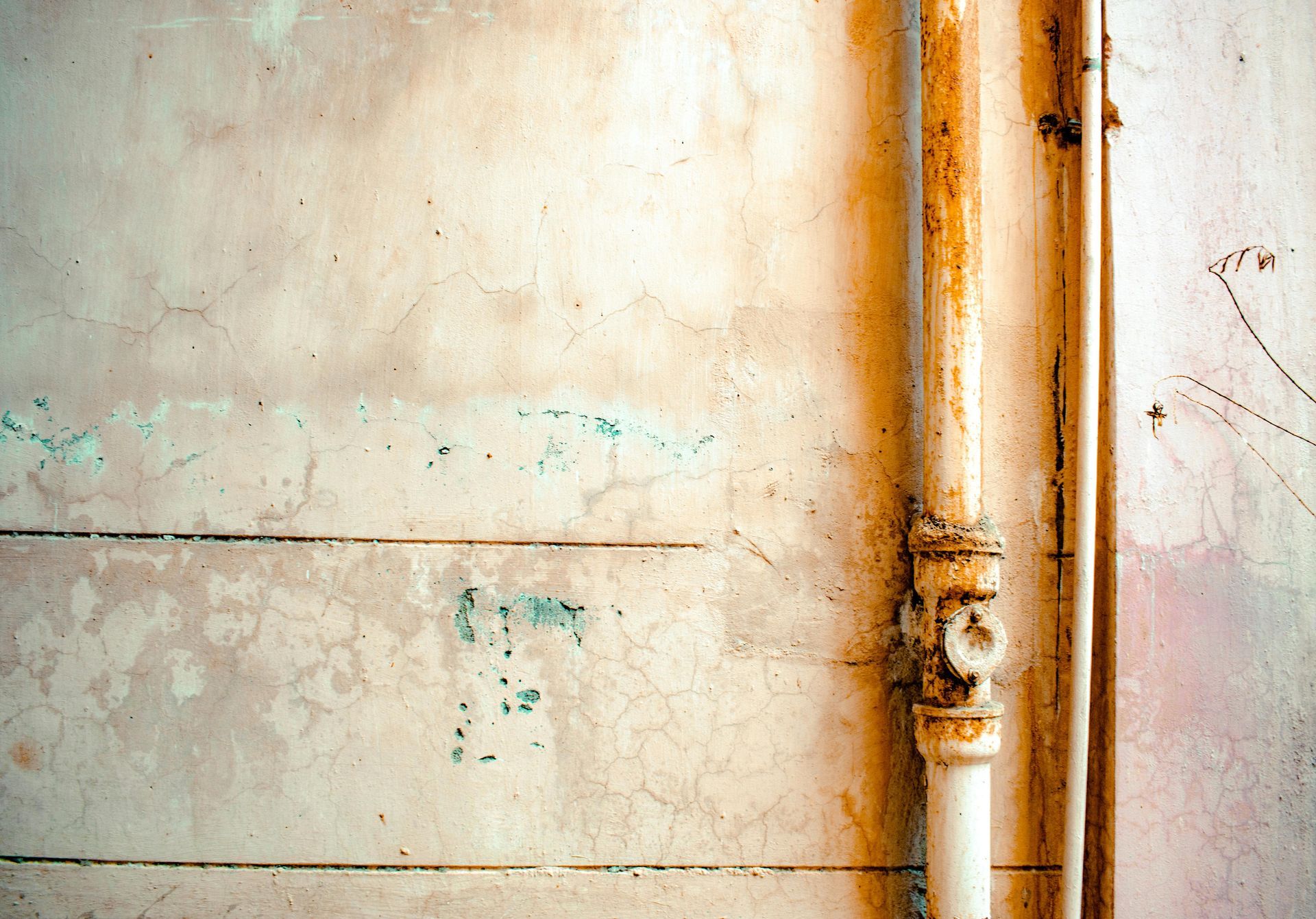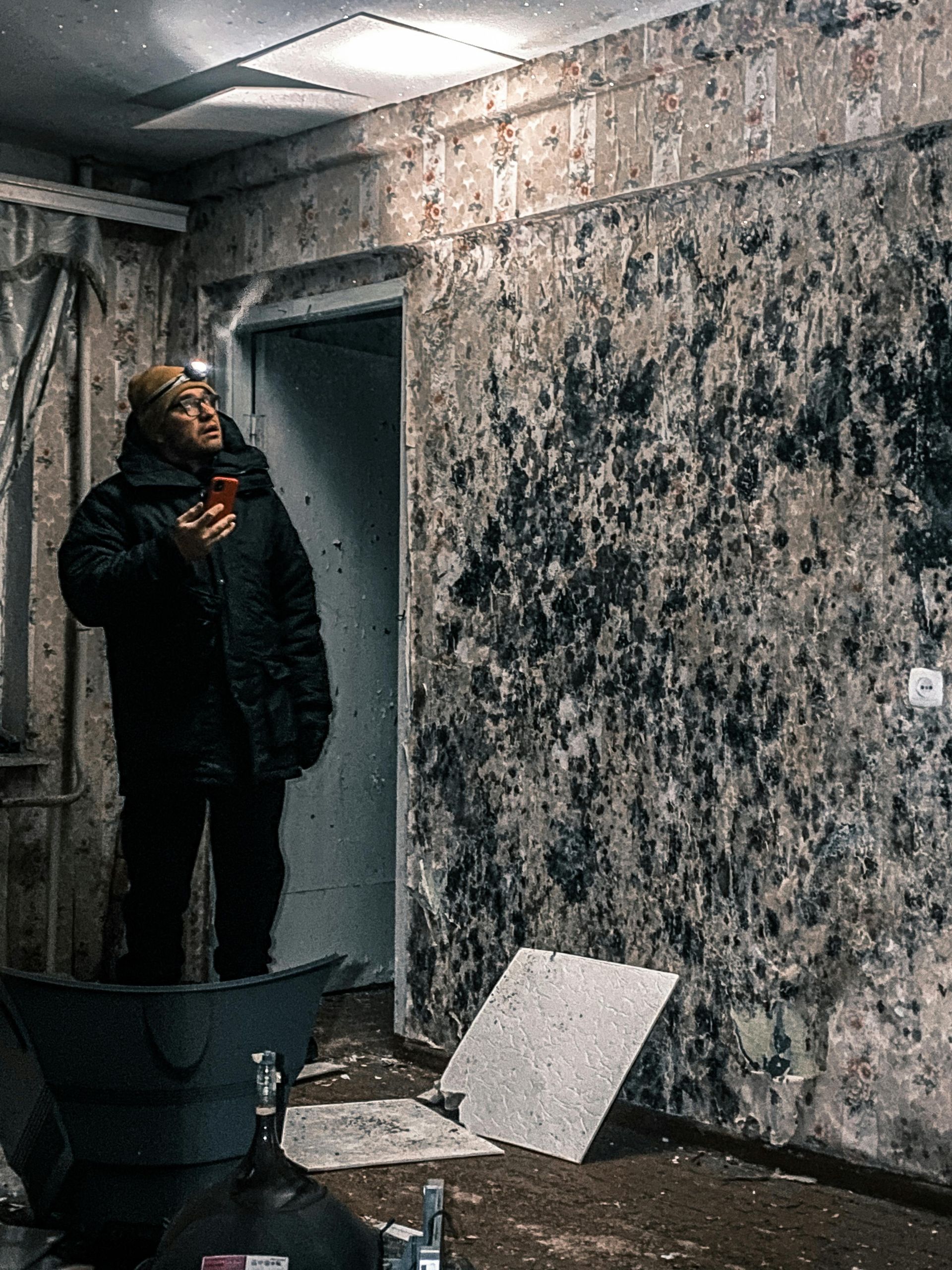asoria@soriainc.com
SERVING THE CENTRAL COAST OF CALIFORNIA
(831) 800-3150
Understanding the Water Damage Restoration Process
Understanding the Water Damage Restoration Process
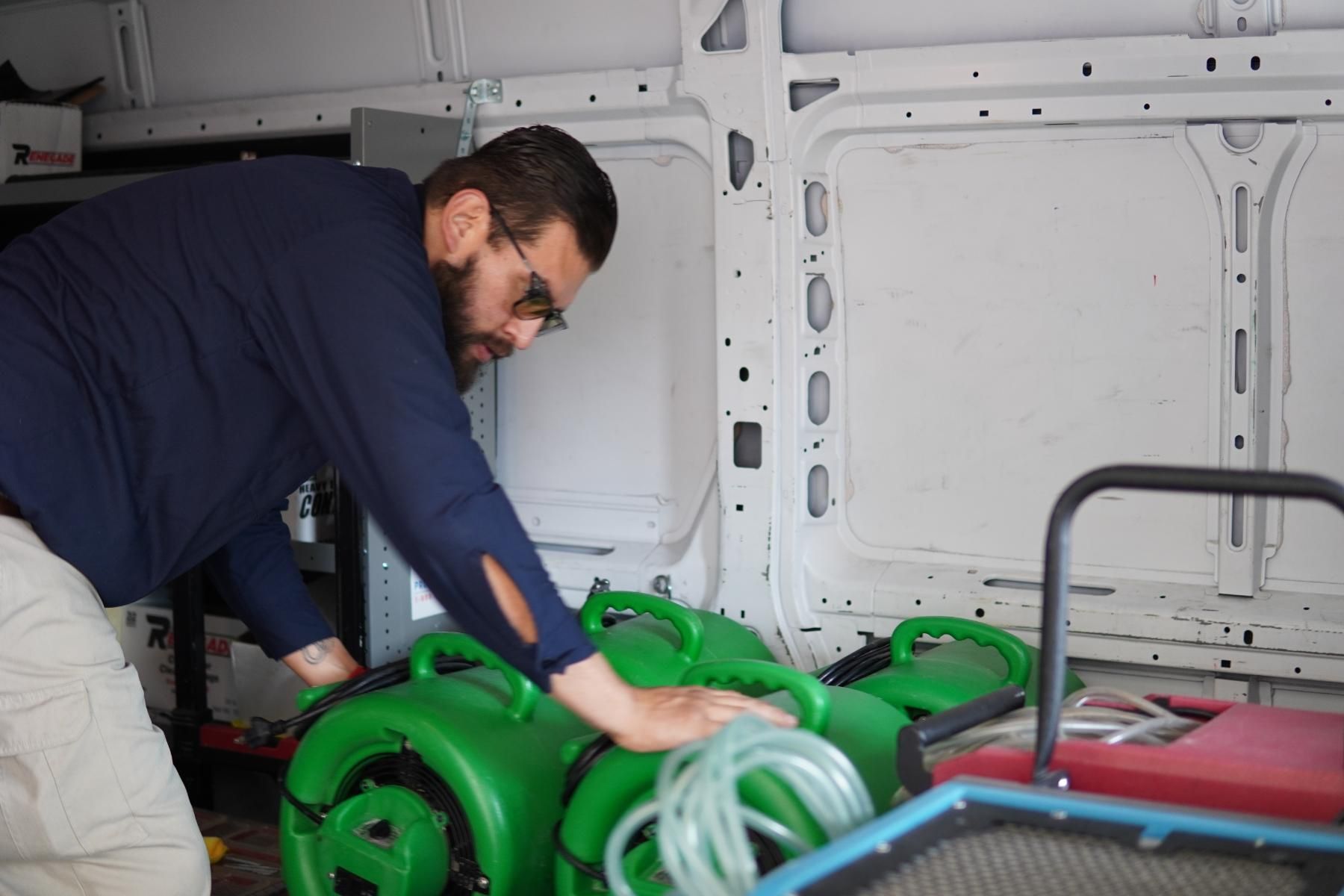
The Ins and Outs of the Water Damage Restoration Process: A Comprehensive Guide
Water damage poses a significant threat to the integrity of any home, occurring due to events like floods, leaks, and burst pipes. It involves the harmful intrusion of water, which can lead to structural deterioration and mold growth if not addressed promptly. Quick action is crucial to mitigate these risks and prevent costly repairs. This article provides an authoritative guide on the water damage restoration process, outlining steps such as evaluation, water extraction, drying, and repair. We will delve into these phases to equip you with the knowledge to effectively manage and restore your home after water damage incidents. Write in 285 words.
Assessment and Inspection
Conducting an initial assessment and inspection is a critical first step in the water damage restoration process. This phase is essential for identifying the extent of the damage and pinpointing potential sources of water intrusion, which can range from leaky pipes to weather-related flooding. Professionals meticulously evaluate the affected areas using advanced tools such as moisture meters and thermal imaging cameras, which help to accurately measure moisture levels and identify hidden pockets of water not visible to the naked eye. These instruments are vital in determining the full scope of the damage, ensuring that no area is left untreated.
During the inspection, experts might discover various types of damage, including structural harm to walls, floors, and ceilings, as well as potential hazards like mold growth. Mold is a particularly urgent concern as it can develop rapidly in damp conditions and pose serious health risks to inhabitants. Uncovering these issues early on allows restoration teams to devise a comprehensive plan tailored to the specific needs of the property.
The assessment informs decisions on the best restoration strategies, such as whether to opt for drying and dehumidification methods or pursue more extensive repair work. By understanding the detailed condition of the property, specialists can prioritize tasks, allocate resources efficiently, and set realistic timelines for project completion. This process not only helps in effectively addressing the current damage but also in implementing measures to prevent future issues. In summary, a thorough initial assessment and inspection lay the groundwork for a successful restoration, providing the clarity and direction needed to restore a property to its pre-damage state efficiently and effectively.
Water Extraction
The water extraction phase is pivotal in the water damage restoration process, as it involves the removal of standing water from the affected area. This procedure is crucial to prevent further damage and inhibit mold growth, which can occur within 24 to 48 hours of exposure to moisture. Professionals utilize high-powered pumps and specialized vacuums designed for this task, capable of efficiently extracting large volumes of water, even from hard-to-reach areas. These tools not only expedite the extraction process but also minimize the potential for additional issues, such as structural weakening or subsurface saturation.
Speed is of the essence in water extraction, as prompt action reduces the risk of secondary damage, including the warping of wooden materials, deterioration of building supports, and compromised electrical systems. Additionally, removing excess water quickly diminishes the likelihood of mold spores finding a habitable environment, thereby safeguarding the health of the home's occupants.
Homeowners can play an important role in the water extraction process by taking preliminary measures to ensure safety and efficiency. It is imperative to turn off the electricity in affected zones to avoid electrical hazards when water is present. Furthermore, homeowners should avoid direct contact with standing water, as it may be contaminated, posing potential health risks.
While waiting for professional help, one may use basic equipment like wet/dry vacuums and mops to start the initial water removal, provided it is safe to do so. By acting swiftly and adhering to safety precautions, homeowners can significantly aid in the water extraction process, thereby contributing to a more effective and speedy restoration. Ultimately, professional assessment and intervention remain indispensable to fully address all aspects of water damage and restore the property to its previous condition.
Drying
The drying phase is a critical component of the water damage restoration process, vital for averting mold growth and further deterioration of building materials. Once water extraction is complete, eliminating residual moisture is paramount to ensure that no damp areas remain, which could foster mold and rot. Mold can begin to develop quickly within 24 to 48 hours, and once established, it presents significant health hazards and complicates restoration efforts.
Professionals employ a range of specialized equipment to expedite the drying process, including industrial-grade air movers and dehumidifiers. Air movers, also known as blowers, facilitate air circulation, speeding up the evaporation of moisture from surfaces. They are strategically placed throughout the affected areas to ensure thorough drying. Simultaneously, dehumidifiers extract moisture from the air, lowering humidity levels and creating a dry environment that prevents mold proliferation and shields building materials from water-induced degradation.
Homeowners can support the drying process through several proactive measures. Opening windows enhances air circulation, fostering evaporation and expediting the drying process. Additionally, using household fans can further circulate air and assist in moisture removal. It is crucial to maintain a safe distance between fans and any wet electrical systems to avoid hazards. Maintaining indoor humidity levels at or below 60% is also beneficial, as it discourages mold formation.
While these efforts are helpful, it is essential to recognize that professional drying methods ensure comprehensive moisture removal and precision in monitoring humidity levels. Professionals employ moisture meters to evaluate moisture content in building materials and use this data to guide the drying strategy. By collaborating with restoration specialists and implementing supplemental drying measures, homeowners can safeguard their properties against long-term water damage and ensure a complete and successful restoration.
Cleaning and Sanitizing
The importance of cleaning and sanitizing the affected area during water damage restoration cannot be overstated, as these steps are crucial in preventing the growth of mold and other harmful microorganisms. After standing water is removed and the drying process is well underway, attention shifts to thoroughly cleaning and sanitizing all surfaces, ensuring that any residual contaminants are addressed. Mold thrives in moist environments and can pose serious health risks, including respiratory issues and allergic reactions. Cleaning and sanitizing help eliminate these risks by removing dirt, debris, and potential sources of bacterial and fungal growth.
Specialized cleaning agents play a vital role in this stage. Professionals often use antifungal and antibacterial solutions designed to eradicate existing mold spores and prevent their return. Techniques such as wet cleaning, which involves the use of water and cleaning agents, and spray-and-wipe methods are commonly employed to cleanse surfaces effectively. High-efficiency particulate air (HEPA) vacuuming can also be used to remove fine particulates from the air and surfaces, ensuring thorough sanitation.
To prevent cross-contamination, professionals adhere to strict protocols, including the use of personal protective equipment (PPE) like gloves and masks. This not only protects the restoration crew but also minimizes the risk of introducing contaminants to unaffected areas. Controlled entry to the affected zones might be established to prevent the spread of spores through foot traffic. Moreover, air scrubbers with HEPA filters may be utilized to capture contaminated air particles, boosting air quality and safeguarding occupant health.
By implementing industry-standard cleaning and sanitizing practices, restoration experts effectively mitigate health risks, ensuring that spaces are not only restored visually but also transformed into safe, habitable environments, free from the dangers posed by mold and other harmful microorganisms.
Restoration and Repairs
Restoration and repairs form the final phase of the water damage restoration process, focusing on returning the property to its pre-damage state. This involves meticulous work, including replacing damaged materials such as drywall, flooring, and insulation. It's crucial to use quality materials to ensure longevity and resilience to future incidents. For surfaces that require refurbishment, professionals may paint or refinish them to match the pre-existing decor, ensuring aesthetic continuity within the space.
Collaborating with experienced professionals is essential for addressing restoration challenges effectively. Experts possess the technical skills and knowledge to tackle complex repairs safely, ensuring that all building codes and safety regulations are met. Their expertise extends to guiding homeowners in selecting suitable materials and finishes, considering factors such as durability, cost, and style preferences. This collaborative approach helps tailor solutions that reflect the homeowner's vision while maintaining structural integrity.
When selecting a restoration company, homeowners should prioritize those with a strong reputation and proven track record in the industry. Recommendations from friends or online reviews can offer valuable insights into a company's reliability and service quality. Additionally, it's beneficial to verify the company's certification and insurance, which safeguards against potential liabilities during the restoration process. It's wise to consider a company's experience with specific types of restoration work relevant to the homeowner's needs.
By choosing a reputable restoration partner, homeowners can ensure the thorough and safe completion of the restoration and repairs phase, ultimately achieving peace of mind. Professional contractors not only restore physical spaces but also provide invaluable support through their expertise, enhancing the overall restoration experience and securing the property against future water damage challenges.
Communication and Documentation
Communication and documentation are pivotal components of the water damage restoration process, serving to keep homeowners informed, involved, and assured of the progress and quality of work undertaken. Effective communication establishes a clear line of understanding between restoration professionals and homeowners. This begins with a detailed initial assessment where professionals discuss the scope of work, anticipated timelines, and potential challenges with homeowners. Regular updates are provided throughout the restoration process, involving both in-person meetings and electronic communications like emails or texts, ensuring transparency and fostering trust.
Documentation is equally crucial, providing a comprehensive record of all assessment, repair, and restoration activities. Professionals typically offer detailed reports that outline findings from moisture readings, interventions undertaken, and their outcomes. Such reports might include technical data and assessments that support insurance claims, offering clarity and evidence of work completed.
Photographs play a significant role in documenting visual proof of the damage, the restoration process, and the final outcome. These images help homeowners understand the extent of the original damage and the effectiveness of restorative actions. Photos are often included in reports and can be instrumental during insurance evaluations, validating claims, and facilitating smooth claim processes.
By maintaining meticulous documentation, restoration professionals not only enhance homeowner satisfaction but also protect all parties involved from potential disputes or misunderstandings. Clear and consistent records serve as a reference point for future property maintenance, and they ensure accountability at every stage of the restoration. Ultimately, effective communication and thorough documentation empower homeowners with the knowledge and peace of mind that their property is being restored to the highest professional standards, aligned accurately with their expectations and needs.
Water Damage Restoration With Soria Contracting & Solutions
Effective water damage restoration requires meticulous attention to safety protocols, expert restoration and repairs, and transparent communication with thorough documentation. By adhering to these principles, homeowners can ensure their properties are restored to a safe and habitable state. Soria Contracting & Solutions excels in delivering these high standards, providing expert services that meet all restoration needs. Let us be your trusted partner in restoring and safeguarding your property. Contact Soria Contracting & Solutions today to schedule a consultation and experience unparalleled service and expertise.
Soria Contracting and Solutions is a leading full-service restoration company in Monterey, Santa Cruz, San Benito, and Santa Clara Counties. Our IICRC-certified team offers 24/7 emergency services for water, fire, mold damage, and biohazard cleanup. With a commitment to excellence and a deep understanding of the complexities of restoration work, we are dedicated to restoring your property to its original condition. Our operations span advanced techniques and state-of-the-art equipment, ensuring efficient and effective solutions. Working closely with insurance companies, we strive to ease the burden on our clients, offering peace of mind during stressful times. Trust Soria Contracting and Solutions for reliability, professionalism, and unparalleled service in restoration.
Lic. #1096921
IICRC Certified:
OUR SERVICES
CONTACT INFORMATION
Soria Contracting and Solutions
1099 Madison Ln, Salinas, CA 93907, United States of America
Salinas: (831) 432-7893
Main: (831) 800-3150
Soria Contracting and Solutions Monterey - Restoration & Remediation Services
801 Lighthouse Ave suite 206, Monterey, CA 93940
All Rights Reserved | Soria Contracting and Solution

